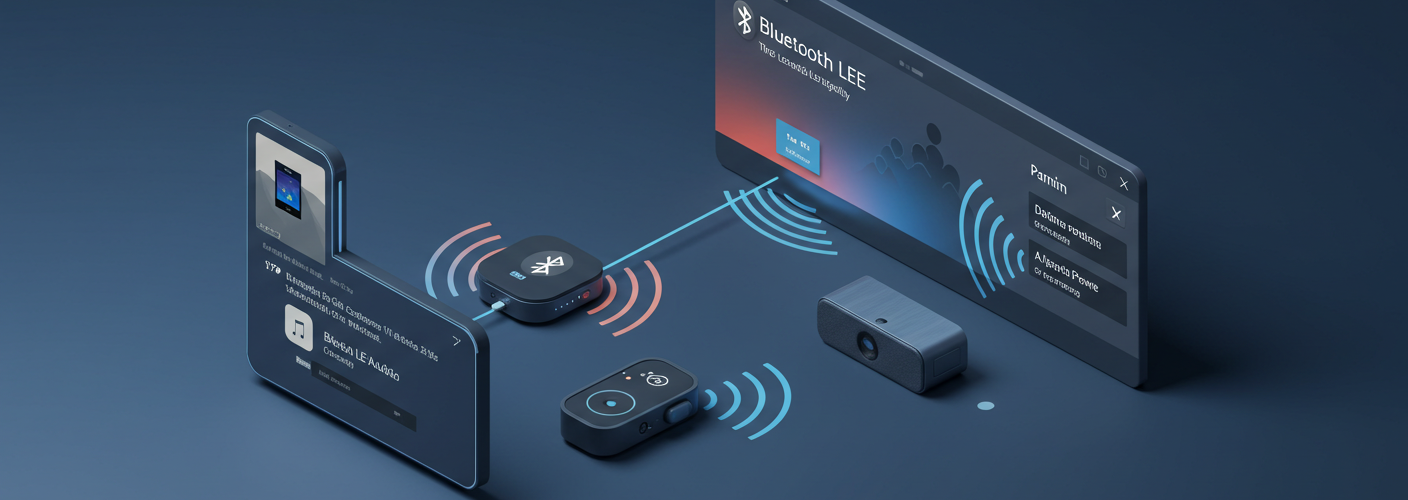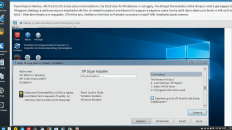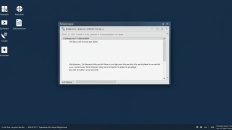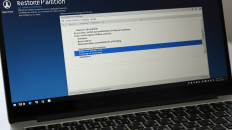As technology continues to advance, the demand for seamless audio experiences has never been greater. With the integration of Bluetooth Low Energy (LE) Audio into Windows 24H2, many users are curious about its performance, especially for those who own Bluetooth LE Audio capable headsets or headphones. This article aims to shed light on the current state of Bluetooth LE Audio support in Windows 24H2, particularly for users who previously encountered issues in the earlier 23H2 version.
Bluetooth LE Audio is designed to revolutionize audio streaming by offering improved connectivity and efficiency. Unlike traditional Bluetooth audio, which often drains battery life and provides limited audio quality, LE Audio leverages the Low Energy feature to enhance the listening experience while minimizing power consumption. This technology is particularly appealing for users of wireless audio devices, such as earbuds and headphones, who are looking for prolonged use without frequent recharging.
One of the key features that come with Bluetooth LE Audio is the ability to stream to multiple devices simultaneously. This could be a game-changer for those who want to share audio with friends or family or simply want the flexibility of connecting to multiple devices without the hassle of switching Bluetooth connections repeatedly.
For users who upgraded to Windows 24H2, the question on everyone’s mind is whether Bluetooth LE Audio truly works without issues. Feedback from the Windows community has been mixed. In the previous version, 23H2, many users reported a “patchy at best” implementation. Problems included audio dropouts, connection instability, and inconsistent performance across different headsets. These challenges led to frustration among users who were eager to take advantage of the latest audio technology.
Now that Windows 24H2 has arrived, many are hopeful that Microsoft has ironed out the kinks. Reports from early adopters indicate that using Bluetooth LE Audio headsets on Windows 24H2 has yielded better results. Users have noted improvements in connection stability and overall audio quality. While it is still advisable to check for device compatibility and ensure that your headset is updated with the latest firmware, the experience appears to be more reliable compared to its predecessor.
However, as with any technology, individual experiences may vary. Some users have encountered lingering issues, such as difficulties in pairing devices or occasional audio lag. If you find yourself facing challenges with Bluetooth LE Audio on Windows 24H2, it is worth exploring troubleshooting steps. These may include uninstalling and reinstalling Bluetooth drivers, checking for Windows updates, or even resetting the Bluetooth settings on your device.
Looking ahead, it seems that Microsoft is committed to enhancing Bluetooth capabilities within their operating system. Regular updates and support for LE Audio will likely improve as more users switch to this technology and provide feedback.
In summary, Bluetooth LE Audio on Windows 24H2 is on a positive trajectory, showing promise for those equipped with compatible audio devices. If you’re eagerly diving into this new audio experience, ensure your headset is LE Audio capable, check for updates, and share your feedback with the community. As the technology evolves, user experiences will pave the way for further advancements and refinements, solidifying Bluetooth LE Audio as a staple in modern audio streaming.





Add comment